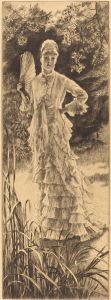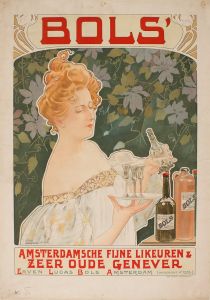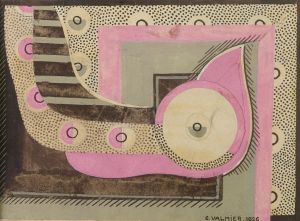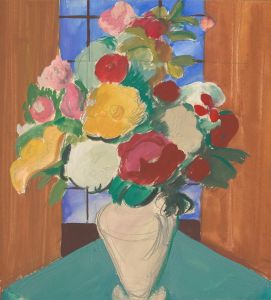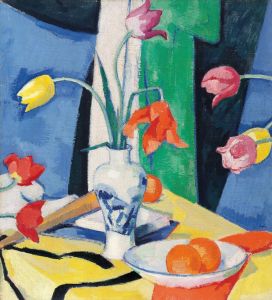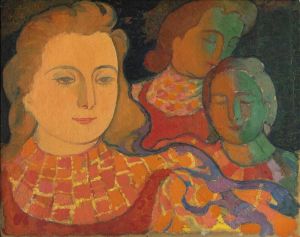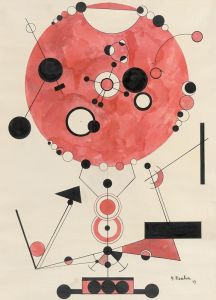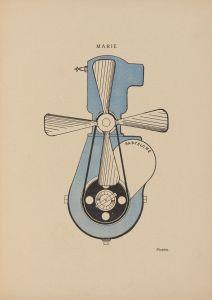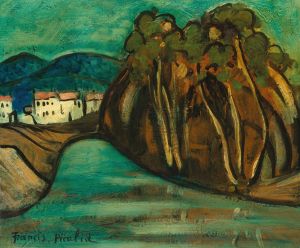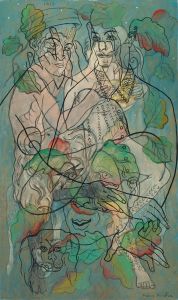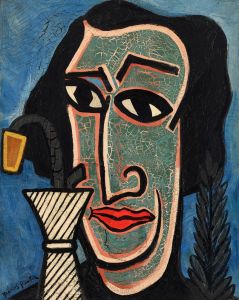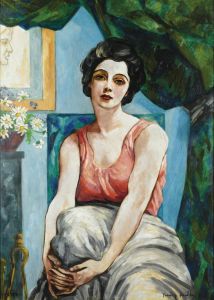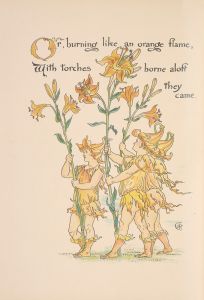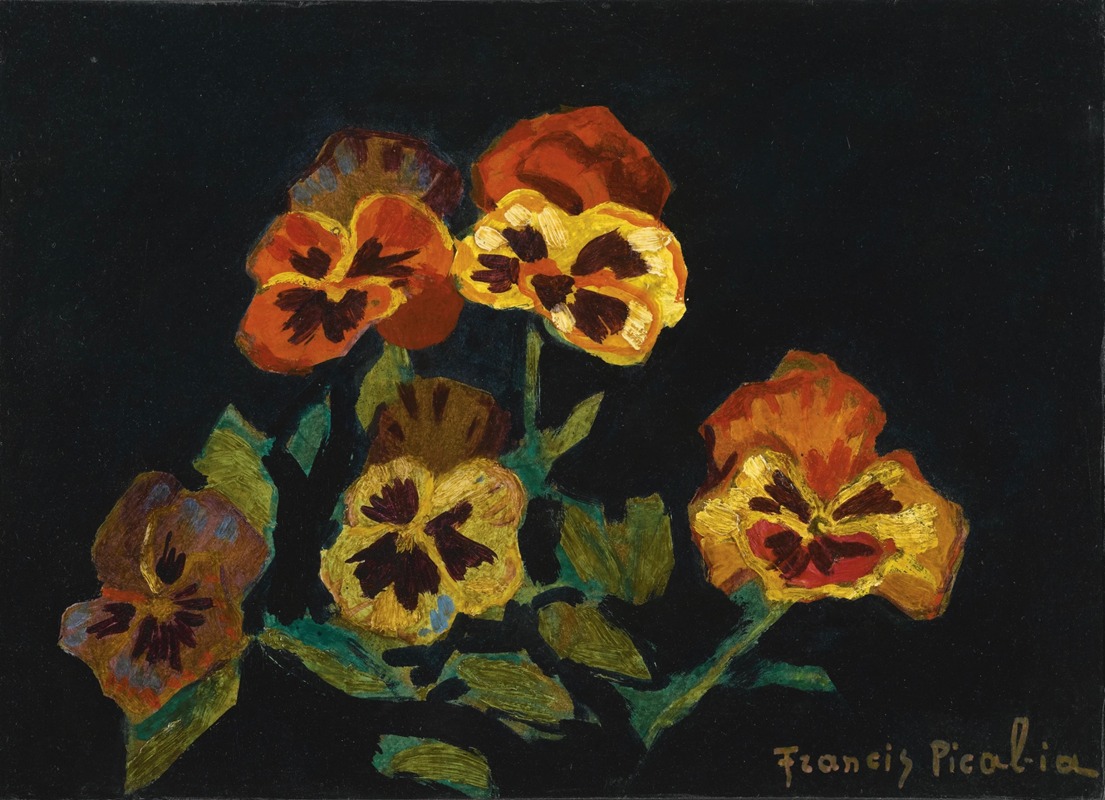
Fleurs
A hand-painted replica of Francis Picabia’s masterpiece Fleurs, meticulously crafted by professional artists to capture the true essence of the original. Each piece is created with museum-quality canvas and rare mineral pigments, carefully painted by experienced artists with delicate brushstrokes and rich, layered colors to perfectly recreate the texture of the original artwork. Unlike machine-printed reproductions, this hand-painted version brings the painting to life, infused with the artist’s emotions and skill in every stroke. Whether for personal collection or home decoration, it instantly elevates the artistic atmosphere of any space.
Francis Picabia was a French avant-garde painter, poet, and typographist, associated with a variety of art movements including Impressionism, Cubism, Dada, and Surrealism. His work is known for its diversity and for challenging conventional artistic norms. One of his lesser-known works is "Fleurs," which translates to "Flowers" in English. While specific details about this painting are not as widely documented as some of his other works, it is important to understand the context in which Picabia created his art to appreciate "Fleurs."
Francis Picabia was born on January 22, 1879, in Paris, France. He began his artistic career in the late 19th century, initially working in an Impressionist style. However, he soon became involved with the Cubist movement, and later, he played a significant role in the development of the Dada movement, which emerged as a reaction to the horrors of World War I. Dada was characterized by its anti-establishment ethos and its embrace of absurdity and irrationality.
Picabia's involvement with Dada was marked by his collaboration with other avant-garde artists and writers, including Marcel Duchamp and Tristan Tzara. During this period, Picabia's work often featured mechanistic and abstract forms, reflecting his interest in the intersection of art, technology, and modernity. His art from this era is known for its playful and often satirical nature.
The painting "Fleurs" is believed to have been created during a period when Picabia was exploring themes beyond the mechanistic and abstract forms that characterized his earlier Dada works. While specific details about the painting are scarce, it is likely that "Fleurs" reflects Picabia's interest in exploring new artistic styles and themes. This period of his career saw him experimenting with a variety of techniques and subjects, often blending elements from different art movements.
Picabia's later works, including "Fleurs," often incorporated more traditional subjects, such as landscapes and still lifes, but with a modern twist. He was known for his ability to blend different styles and for his willingness to defy artistic conventions. This eclectic approach is evident in many of his paintings from this period, where he combined elements of realism with abstract and surrealist influences.
Throughout his career, Picabia remained a controversial and influential figure in the art world. His willingness to experiment and his rejection of traditional artistic boundaries have left a lasting impact on modern art. While "Fleurs" may not be as widely recognized as some of his other works, it is a testament to Picabia's versatility and his ability to continually reinvent himself as an artist.
Francis Picabia passed away on November 30, 1953, in Paris, leaving behind a diverse and influential body of work. His contributions to various art movements and his innovative approach to art continue to be studied and celebrated by art historians and enthusiasts around the world.





